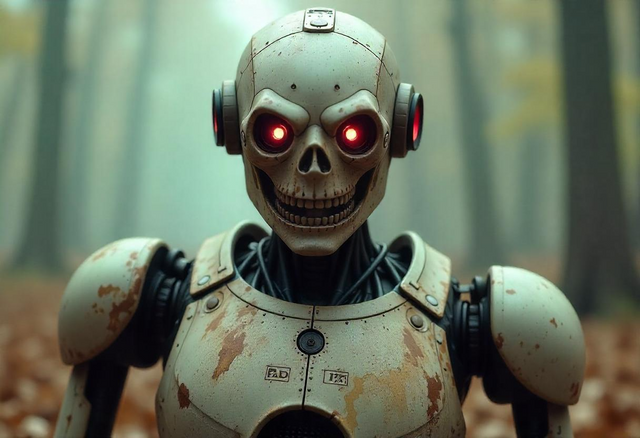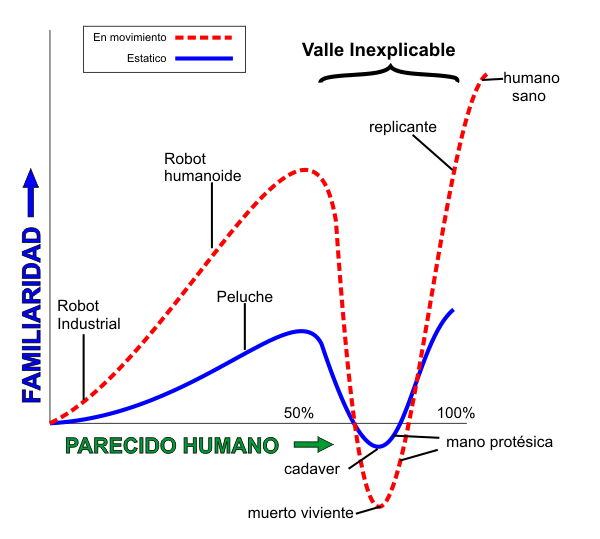How humanoids are overcoming “the uncanny valley.”
How can humanoids overcome “the Uncanny Valley?”

Nowadays it is no longer difficult for us to even imagine machines with realistic skin, flexible muscles and AI brains capable of interacting naturally, but the difficulty still lies in not activating that strange discomfort that we feel when a robot seems almost human.

Souce
And in China even organoids, which in simple terms are parts of the human brain produced in the laboratory, have already been tested on robots, overcoming the “valley of strangeness” which is that uncomfortable sensation that we feel when something is almost human, but is not; This is not just aesthetics. It is about creating natural, safe and intuitive interactions where robots can be next to people without causing strangeness or fear.
This opens space for robotic caregivers for the elderly, assistant teachers for children and even emotional or creative companions for lonely humans. It is a potential that affects not only the market, but also the social fabric, and to deal with ethical risks, transparency protocols and clear limits for surveillance are being studied, especially in applications involving children or the elderly.
The images without reference were created with AI
Thank you for visiting my blog. If you like posts about #science, #planet, #politics, #rights #crypto, #traveling and discovering secrets and beauties of the #universe, feel free to Follow me as these are the topics I write about the most. Have a wonderful day and stay on this great platform :) :)